Home>Gardening & Outdoor>Landscaping Ideas>When Is It Too Cold To Grow Grass
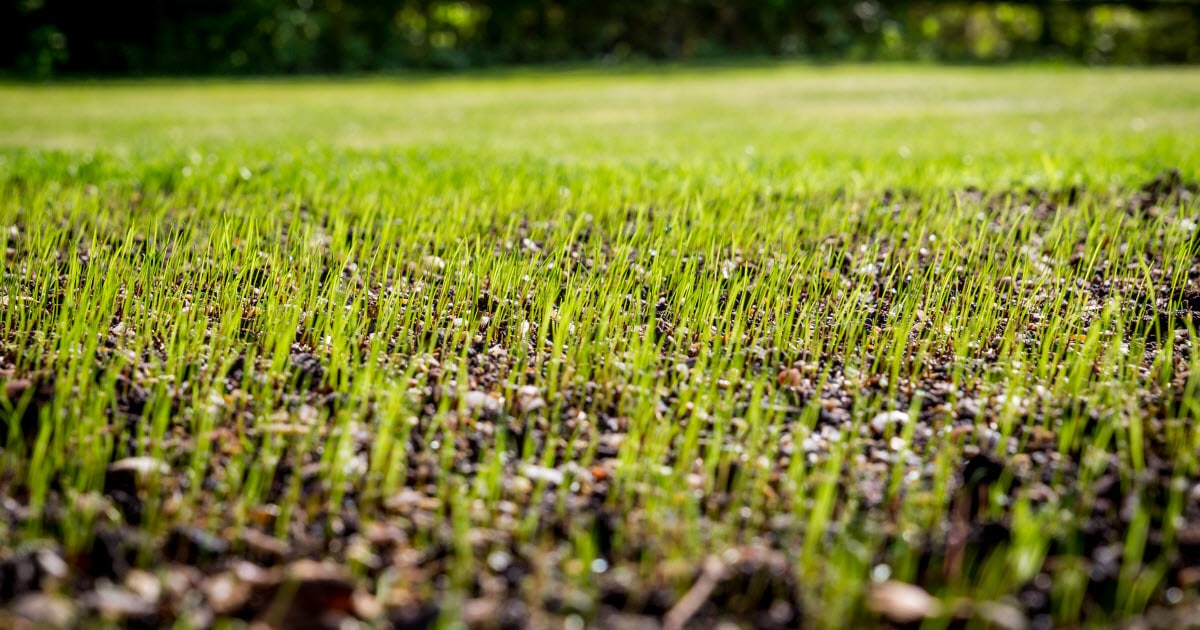

Landscaping Ideas
When Is It Too Cold To Grow Grass
Modified: August 19, 2024
Learn when it's too cold to grow grass and get expert landscaping ideas to maintain a healthy lawn in any weather. Discover tips and tricks for successful lawn care.
(Many of the links in this article redirect to a specific reviewed product. Your purchase of these products through affiliate links helps to generate commission for Storables.com, at no extra cost. Learn more)
Introduction
Landscaping enthusiasts understand the profound impact that weather conditions can have on the health and growth of grass. While many factors contribute to the success of a lawn, temperature plays a crucial role in determining its overall well-being. In this article, we will delve into the effects of cold temperatures on grass growth and explore the signs of cold stress in grass. Additionally, we will discuss the ideal temperature for grass growth and provide insights on how to protect grass during cold weather. By understanding these key aspects, you can ensure the longevity and vitality of your lawn throughout the changing seasons. Let's embark on this journey to uncover the intricacies of grass growth in relation to cold temperatures.
Key Takeaways:
- Cold temperatures can slow down grass growth and cause it to change color, wilt, and become more susceptible to damage from pests and diseases.
- To protect grass in cold weather, adjust lawn care practices, provide insulation, ensure adequate hydration, and apply winterized fertilizer. This helps the grass thrive despite chilly temperatures.
Read more: When Is It Too Cold To Cut Grass
Understanding Grass Growth
Grass growth is a complex and dynamic process that is influenced by various environmental factors. From soil composition to sunlight exposure, numerous elements contribute to the overall health and development of grass. Understanding the intricacies of grass growth is essential for maintaining a lush and vibrant lawn.
At its core, grass growth is driven by photosynthesis, a biological process through which plants convert light energy into chemical energy to fuel their growth. This process is heavily dependent on sunlight, which is why adequate exposure to sunlight is crucial for healthy grass growth. In addition to sunlight, water and nutrients from the soil are essential for the development of strong and resilient grass.
Grass growth can be categorized into two main phases: establishment and maintenance. During the establishment phase, newly planted grass seeds germinate and develop roots, laying the foundation for future growth. This phase requires optimal conditions, including moderate temperatures and adequate moisture, to ensure successful germination and root development.
Once established, grass enters the maintenance phase, where it continues to grow and spread across the lawn. This phase is characterized by ongoing maintenance tasks such as mowing, watering, and fertilizing, all of which contribute to the overall health and appearance of the grass.
It is important to note that grass growth is not constant throughout the year. Seasonal changes, particularly fluctuations in temperature, can significantly impact the rate and quality of grass growth. Cold temperatures, in particular, can pose challenges to grass health and vitality, making it essential to understand the ideal temperature conditions for optimal grass growth.
Ideal Temperature for Grass Growth
The ideal temperature for grass growth varies depending on the type of grass and the specific climate in which it is cultivated. Generally, most cool-season grasses, such as Kentucky bluegrass, fescue, and ryegrass, thrive in temperatures ranging from 60 to 75 degrees Fahrenheit (15 to 24 degrees Celsius). These grasses exhibit optimal growth during the cooler months of spring and fall when temperatures are moderate, and sunlight is plentiful.
On the other hand, warm-season grasses, including Bermuda grass, Zoysia grass, and St. Augustine grass, prefer slightly warmer temperatures for vigorous growth. These grasses typically thrive in temperatures between 80 and 95 degrees Fahrenheit (27 to 35 degrees Celsius), making them well-suited for regions with hot summers and mild winters.
Understanding the ideal temperature range for the specific type of grass in your lawn is crucial for promoting healthy growth and resilience. When temperatures fall outside the optimal range, grass may exhibit signs of stress and struggle to maintain its lush appearance.
It is important to monitor local weather patterns and anticipate temperature fluctuations to provide necessary care for the grass during periods of extreme heat or cold. By aligning lawn care practices with the ideal temperature conditions for grass growth, homeowners can ensure that their lawns remain vibrant and resilient throughout the changing seasons.
Effects of Cold Temperatures on Grass
Cold temperatures can have a profound impact on the health and vitality of grass, especially during the winter months or in regions with extended periods of cold weather. When exposed to chilly temperatures, grass undergoes physiological changes that can hinder its growth and overall well-being. Understanding the effects of cold temperatures on grass is essential for implementing proactive measures to protect and nurture the lawn during adverse weather conditions.
One of the primary effects of cold temperatures on grass is the slowdown of metabolic processes within the plant. As temperatures drop, the rate of photosynthesis and nutrient absorption decreases, leading to reduced growth and overall metabolic activity. This slowdown can manifest as a visible stalling of grass growth and a loss of vibrancy in the lawn.
In addition to metabolic slowdown, cold temperatures can also make grass more susceptible to damage from environmental stressors. Frost and freezing temperatures can cause ice crystals to form within the plant tissues, leading to cellular damage and potential discoloration of the grass. Moreover, cold stress can weaken the resilience of grass, making it more vulnerable to diseases and pest infestations.
Furthermore, prolonged exposure to cold temperatures can result in dormancy in certain grass species. Dormancy is a natural survival mechanism that allows grass to conserve energy and resources during unfavorable conditions. While dormancy can protect the grass from immediate harm, extended periods of dormancy can lead to a lackluster and dormant lawn, affecting its visual appeal and health.
It is important to note that the severity of the effects of cold temperatures on grass can vary depending on the specific type of grass and the duration of cold exposure. Cool-season grasses may exhibit resilience to moderate cold temperatures but can struggle in severe winter conditions, while warm-season grasses are more susceptible to cold stress and may experience significant damage in chilly climates.
By recognizing the effects of cold temperatures on grass, homeowners can take proactive steps to mitigate potential damage and support the lawn’s resilience during cold weather.
It is too cold to grow grass when the soil temperature drops below 45°F (7°C). Use a soil thermometer to monitor the temperature and avoid planting or seeding during colder periods.
Signs of Cold Stress in Grass
When grass is subjected to cold stress, it often exhibits visible signs of distress that indicate its struggle to cope with adverse temperature conditions. Recognizing these signs is crucial for promptly addressing the grass’s needs and preventing further damage. By understanding the indicators of cold stress in grass, homeowners can take proactive measures to support the lawn’s health and resilience.
One of the most common signs of cold stress in grass is a change in color. As temperatures drop, grass may take on a bluish or purplish hue, signaling its struggle to maintain optimal metabolic activity. Additionally, cold-stressed grass may appear dull and lackluster, losing its vibrant green color and healthy sheen.
Another noticeable sign of cold stress is slowed growth and reduced regrowth capacity. Cold temperatures can inhibit the grass’s ability to grow and recover from mowing or other maintenance activities. This can lead to sparse patches and a generally stunted appearance, indicating the grass’s struggle to thrive in chilly conditions.
In severe cases of cold stress, grass may exhibit wilted or limp foliage, particularly during the warmer parts of the day. This wilting is a result of the grass’s inability to maintain turgor pressure within its cells, leading to a drooping and lifeless appearance. Additionally, cold-stressed grass may show signs of leaf tip burn or browning, indicating cellular damage caused by frost or freezing temperatures.
Furthermore, cold stress can make grass more susceptible to diseases and pest infestations. Weakened by chilly temperatures, grass may become more prone to fungal infections and pest damage, leading to the development of unsightly patches and blemishes on the lawn.
It is important to closely monitor the grass for these signs of cold stress, especially during periods of fluctuating or consistently low temperatures. By promptly identifying and addressing cold stress, homeowners can implement targeted care strategies to support the grass and minimize the long-term impact of adverse weather conditions.
Read more: When Is It Too Cold To Plant Grass Seed
Protecting Grass in Cold Weather
As cold temperatures pose significant challenges to the health and vitality of grass, implementing proactive measures to protect the lawn during chilly weather is essential. By taking strategic steps to shield the grass from the adverse effects of cold temperatures, homeowners can ensure that their lawns remain resilient and vibrant throughout the winter months and during unexpected cold snaps.
One effective method of protecting grass in cold weather is to adjust lawn care practices to accommodate the changing conditions. For instance, reducing the frequency and intensity of mowing can help minimize stress on the grass and prevent further damage during periods of cold stress. Additionally, avoiding excessive foot traffic on the lawn and refraining from heavy maintenance activities can support the grass’s resilience.
Furthermore, providing adequate insulation for the grass can help mitigate the impact of cold temperatures. Applying a layer of mulch to the grass can help regulate soil temperature and protect the roots from extreme cold. Mulch acts as a natural insulator, preventing rapid temperature fluctuations and minimizing the risk of frost damage to the grass.
During particularly cold periods, covering the grass with frost blankets or breathable fabric can provide an additional layer of protection. These covers help trap heat close to the grass, shielding it from the harshest effects of cold weather. It is important to use breathable materials to prevent excess moisture buildup, which can contribute to fungal issues in the grass.
Ensuring adequate hydration for the grass is also crucial for protecting it during cold weather. While cold temperatures may reduce the grass’s overall water needs, providing occasional deep watering can help fortify the grass and prevent dehydration. However, it is essential to avoid overwatering, as excess moisture in the soil can exacerbate cold stress and lead to fungal problems.
Additionally, applying a winterized fertilizer to the grass can supply essential nutrients that support its resilience during cold weather. Winterized fertilizers are specifically formulated to provide the grass with the necessary nutrients for maintaining strength and vitality in adverse conditions, helping it withstand the challenges posed by chilly temperatures.
By implementing these protective measures, homeowners can safeguard their lawns from the detrimental effects of cold weather and support the grass’s ability to thrive despite challenging environmental conditions.
Conclusion
Grass growth is a dynamic process influenced by a myriad of environmental factors, with temperature playing a pivotal role in determining the health and vitality of the lawn. Understanding the ideal temperature conditions for grass growth, as well as the effects of cold temperatures on grass, is essential for nurturing a resilient and vibrant lawn throughout the changing seasons.
As we’ve explored, cold temperatures can significantly impact grass health, leading to metabolic slowdown, cellular damage, and increased susceptibility to environmental stressors. Recognizing the signs of cold stress in grass is crucial for promptly addressing the lawn’s needs and preventing long-term damage.
By implementing protective measures such as adjusting lawn care practices, providing insulation, and ensuring adequate hydration, homeowners can shield their grass from the adverse effects of cold weather and support its resilience. Additionally, understanding the specific temperature preferences of the grass species in your lawn is essential for tailoring care practices to align with their ideal growth conditions.
Ultimately, by being proactive and attentive to the needs of the grass during periods of cold stress, homeowners can cultivate a lush and resilient lawn that withstands the challenges posed by fluctuating temperatures and adverse weather conditions. By fostering a deeper understanding of the intricate relationship between temperature and grass growth, individuals can nurture thriving lawns that serve as vibrant extensions of their outdoor living spaces.
Armed with this knowledge, homeowners can embark on a journey to protect and nurture their lawns, ensuring that their grass remains vibrant and resilient even in the face of challenging cold weather conditions.
Frequently Asked Questions about When Is It Too Cold To Grow Grass
Was this page helpful?
At Storables.com, we guarantee accurate and reliable information. Our content, validated by Expert Board Contributors, is crafted following stringent Editorial Policies. We're committed to providing you with well-researched, expert-backed insights for all your informational needs.
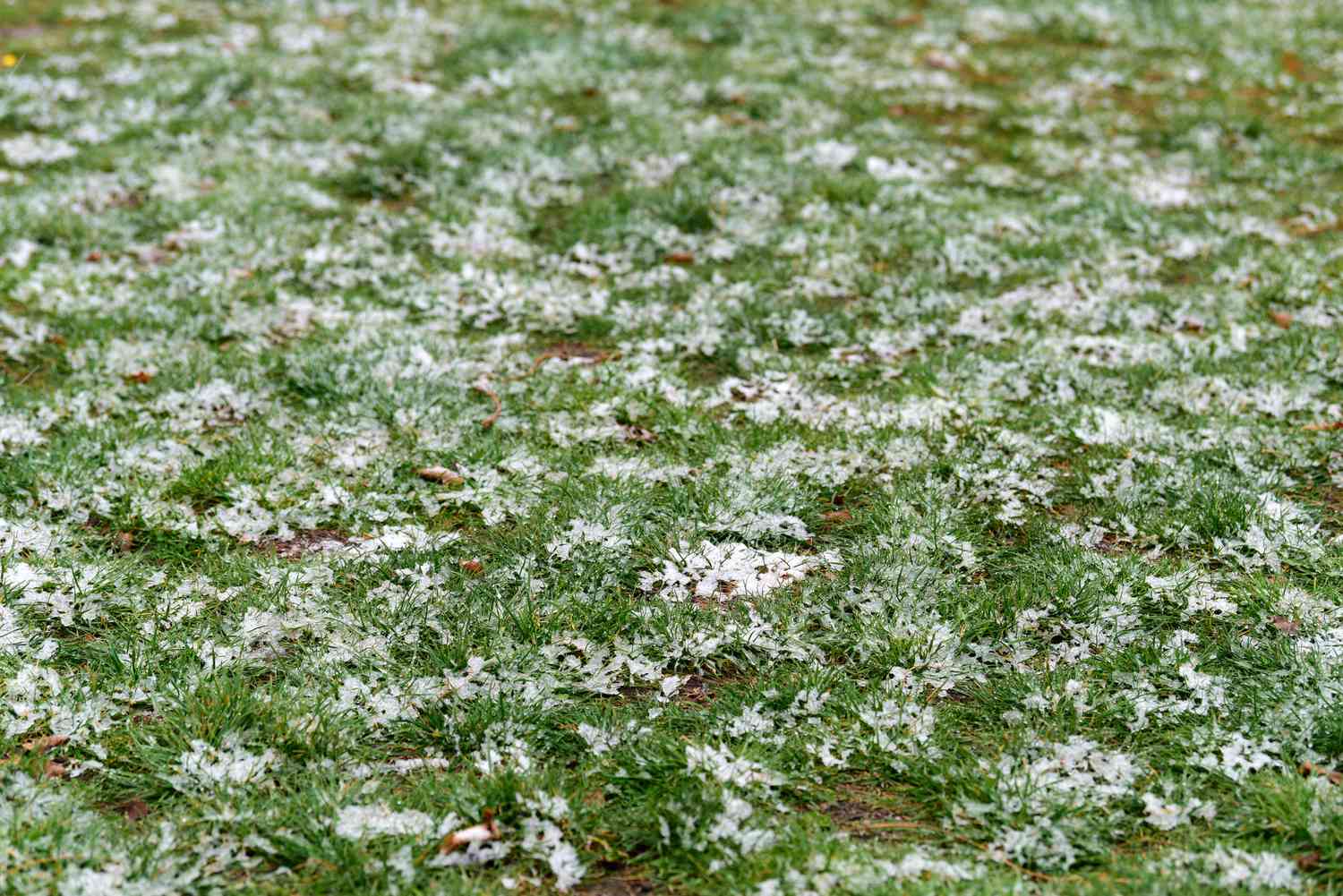

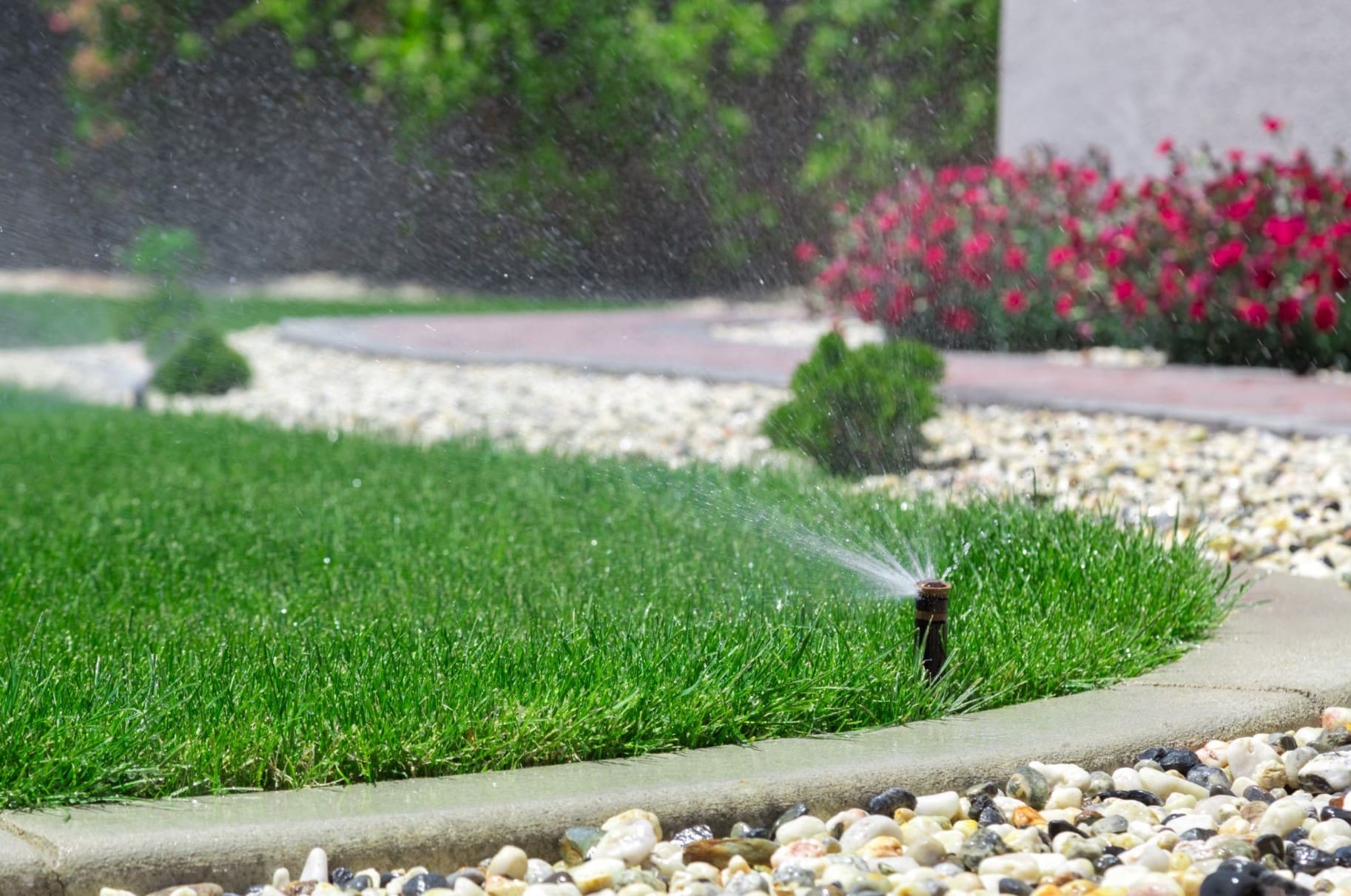
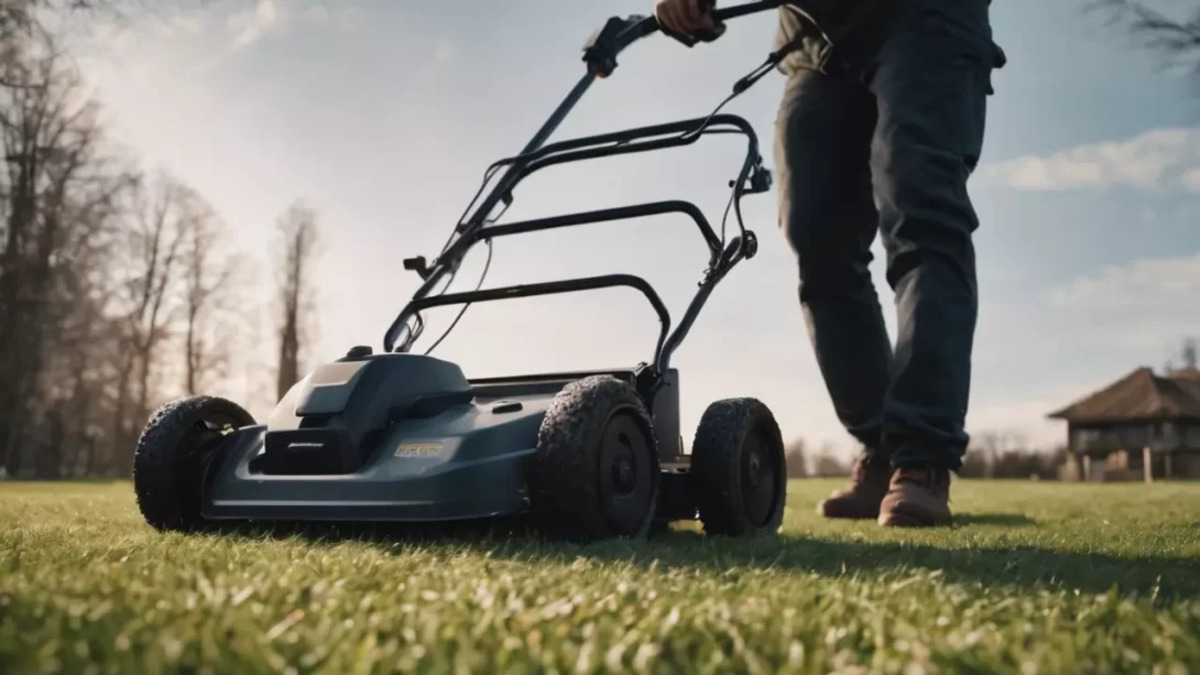
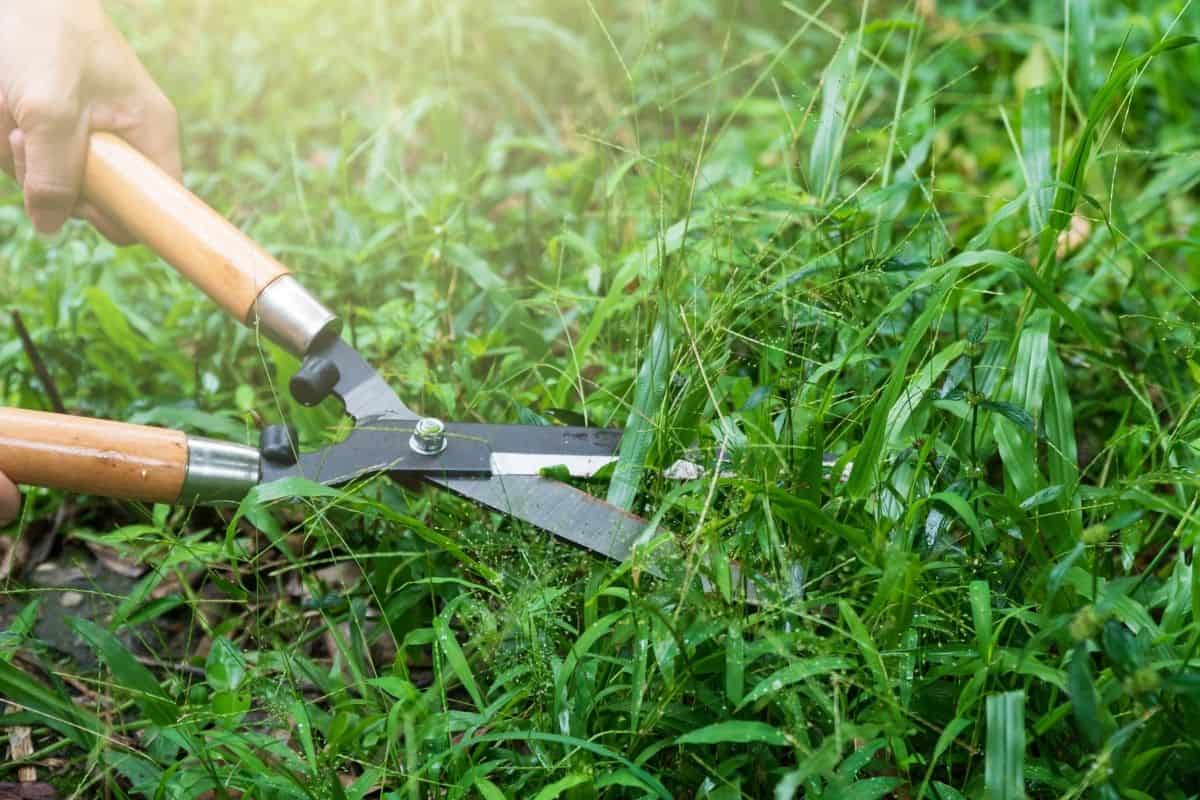
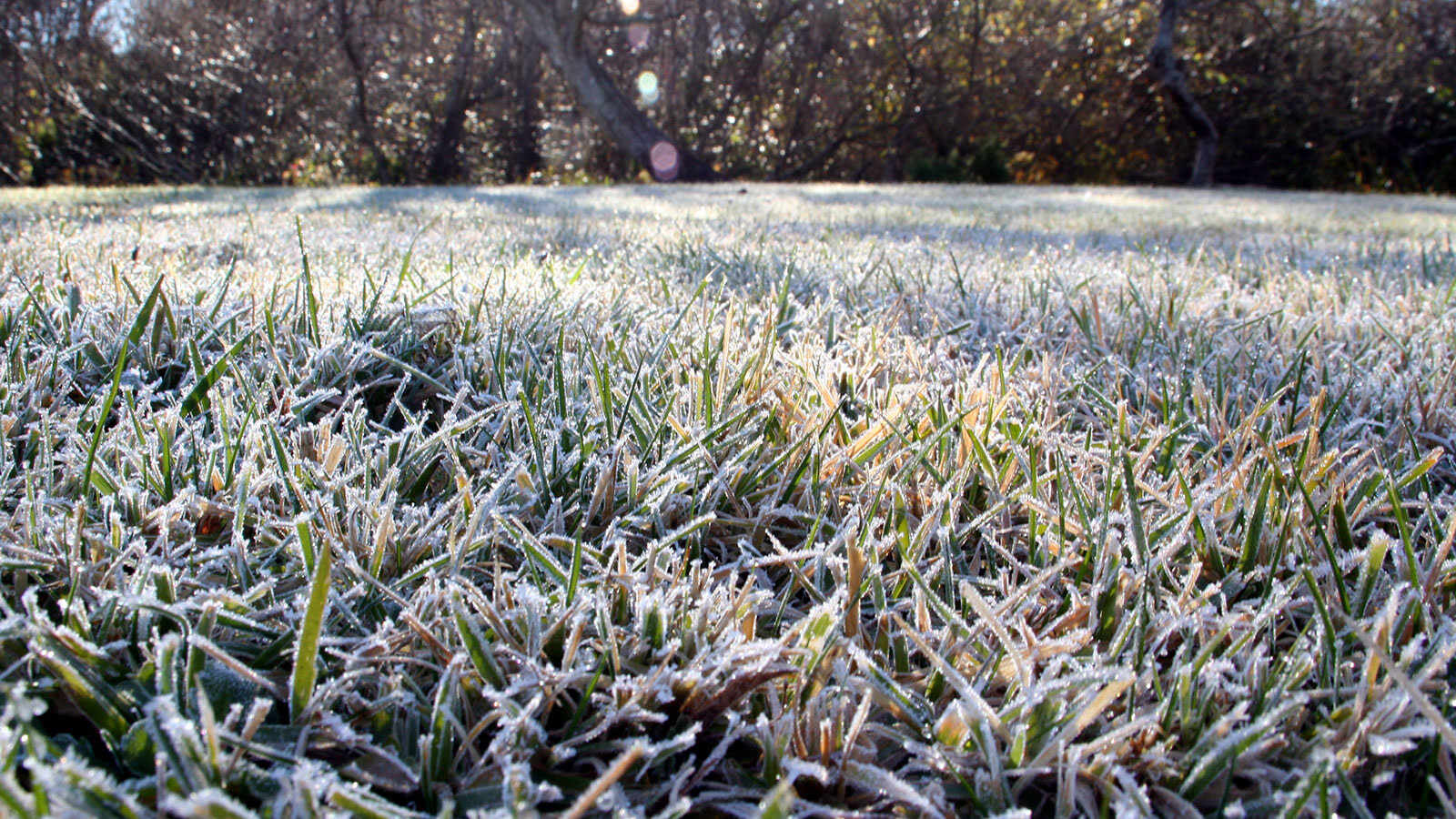

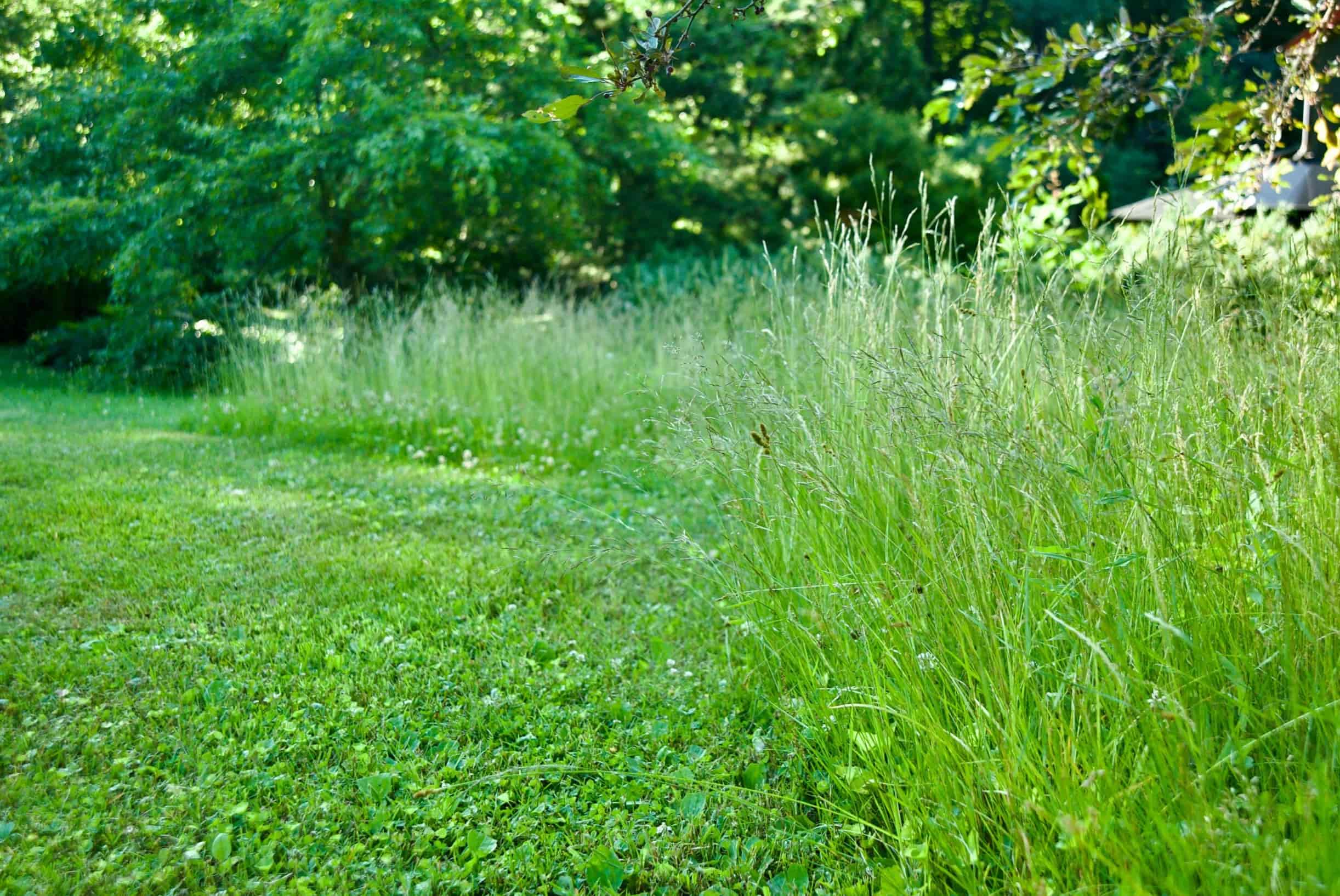
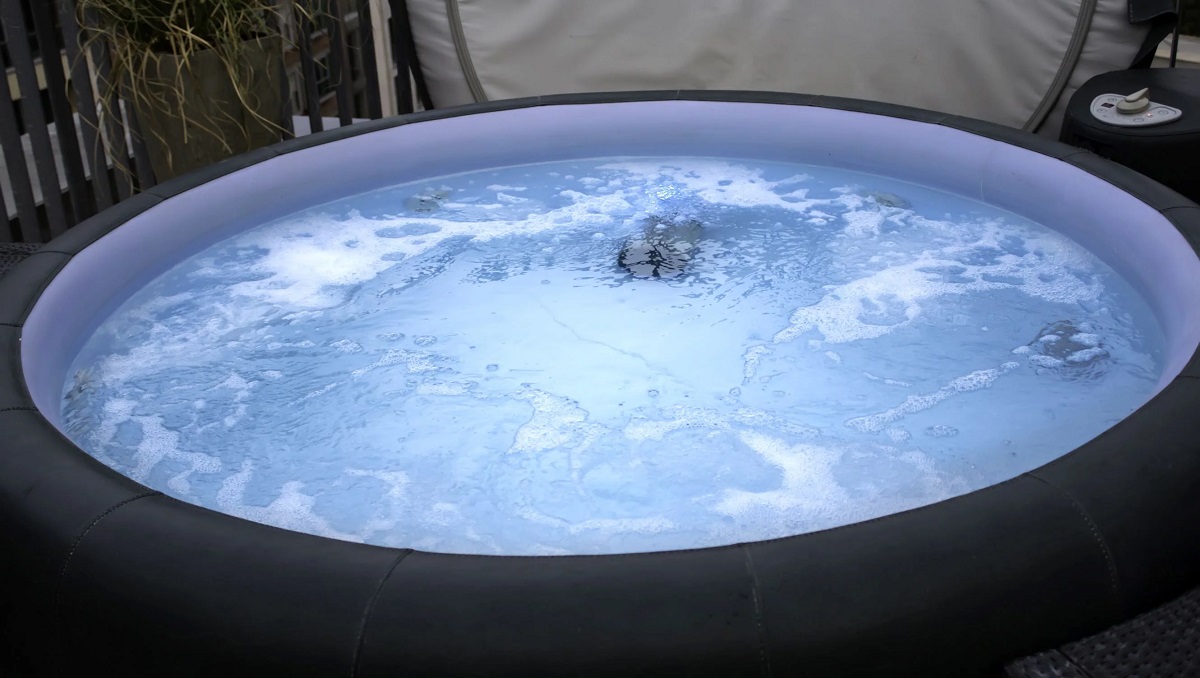
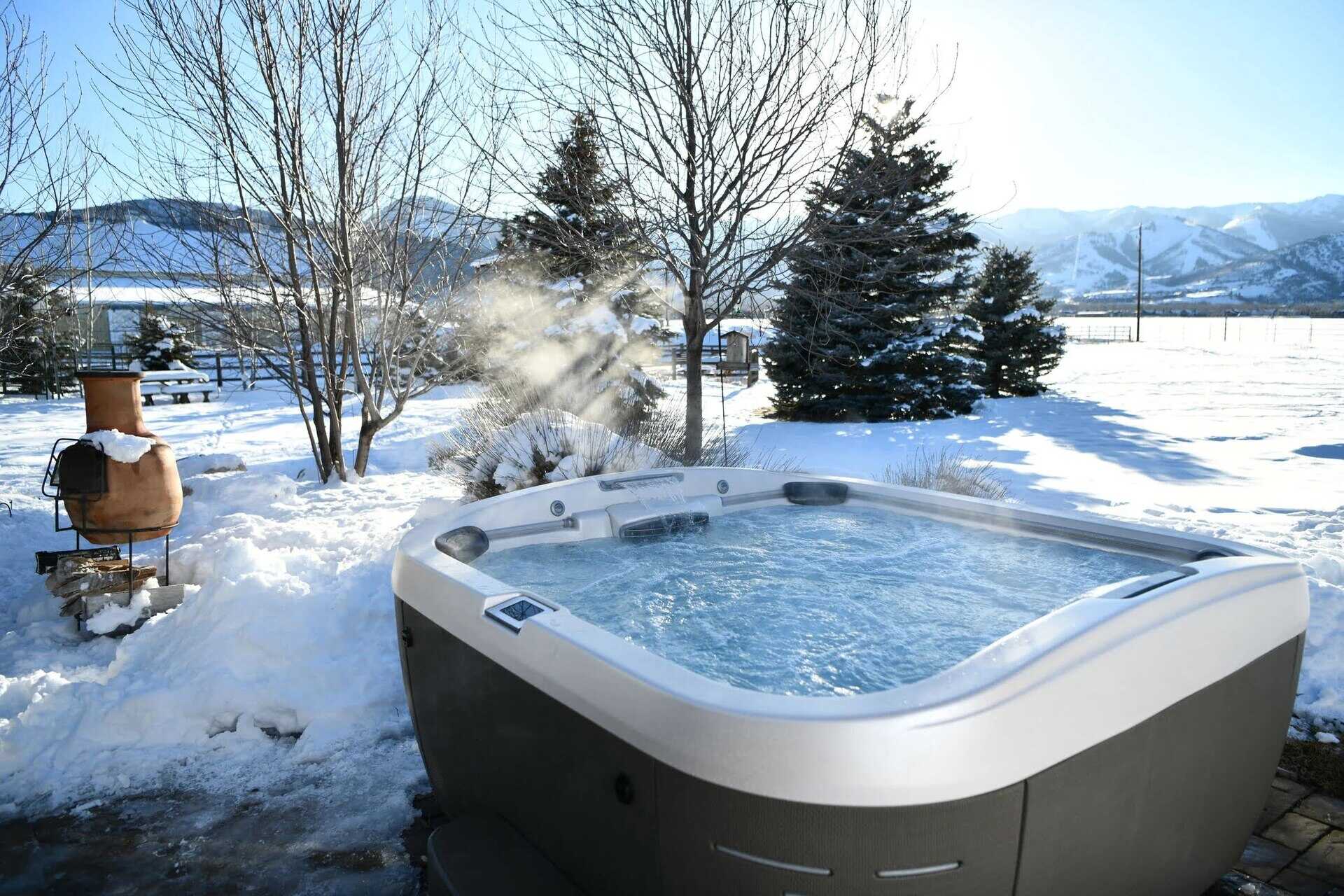
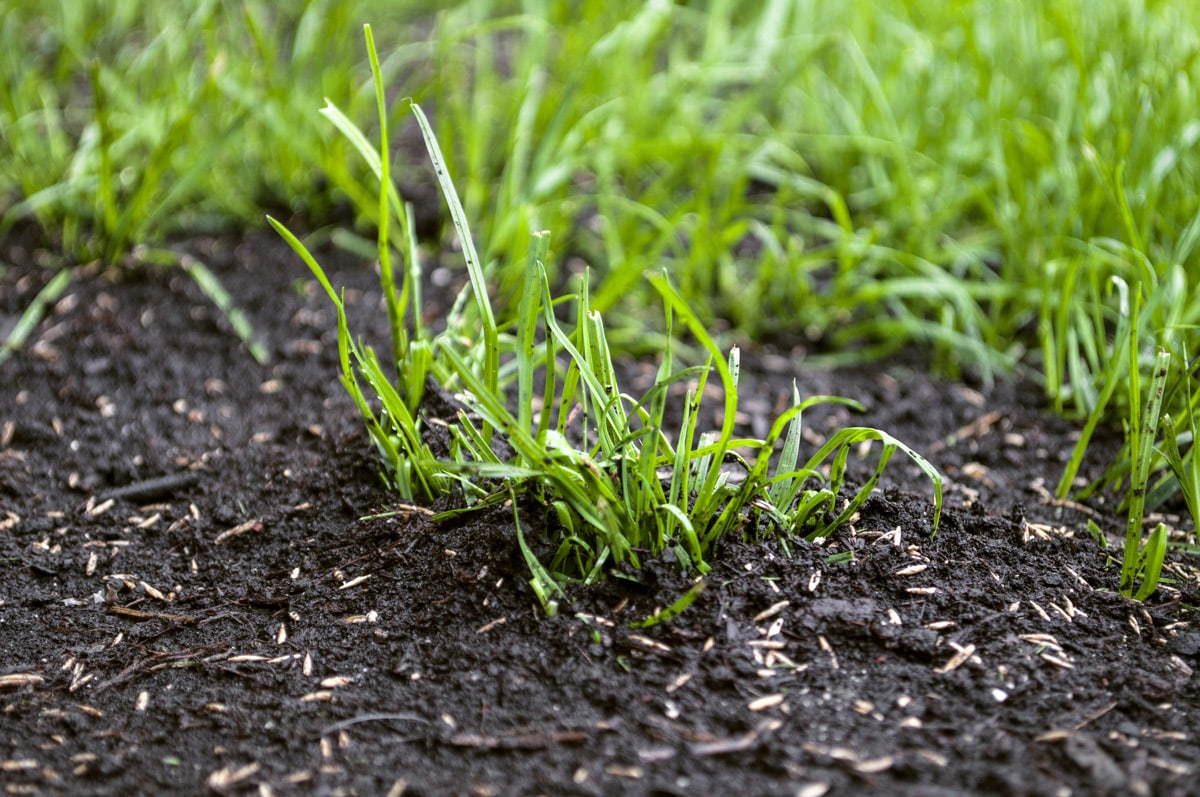
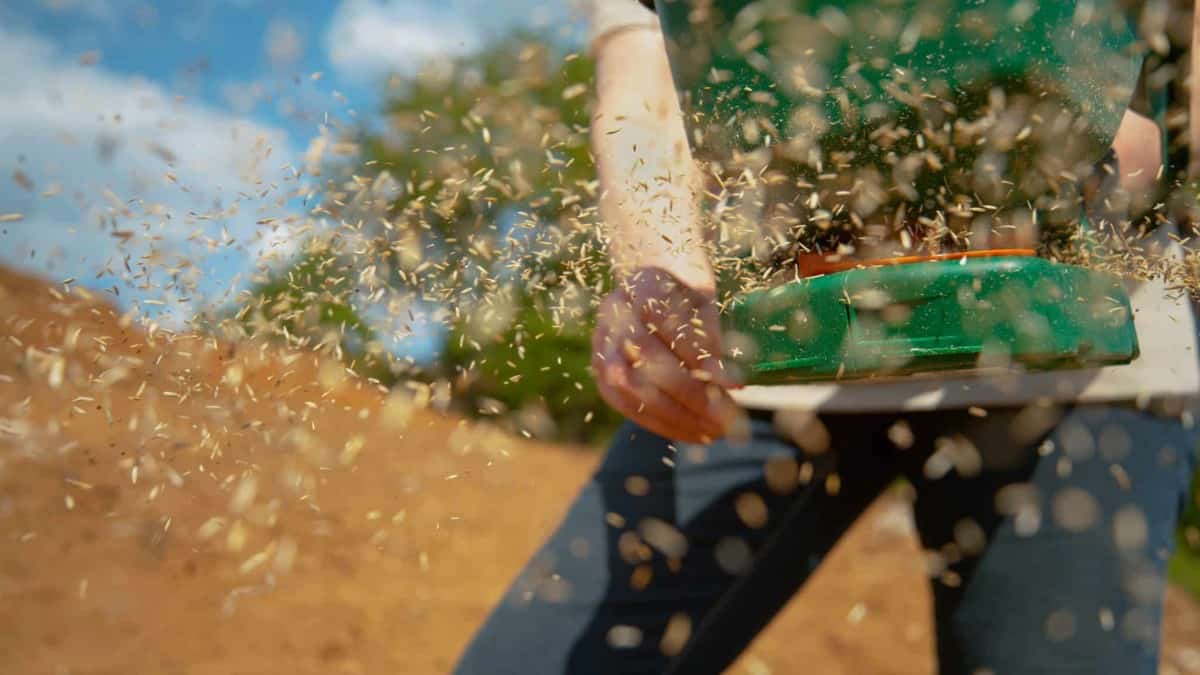
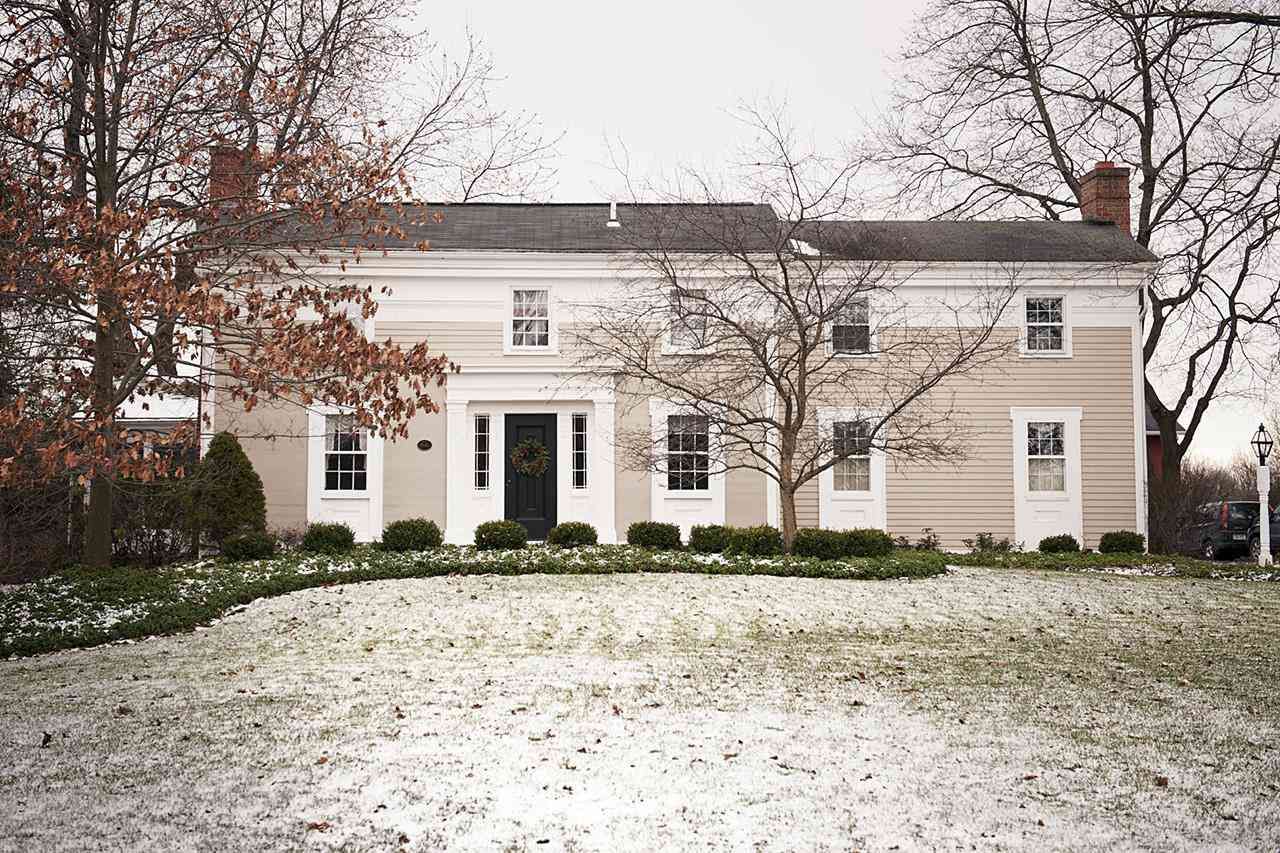
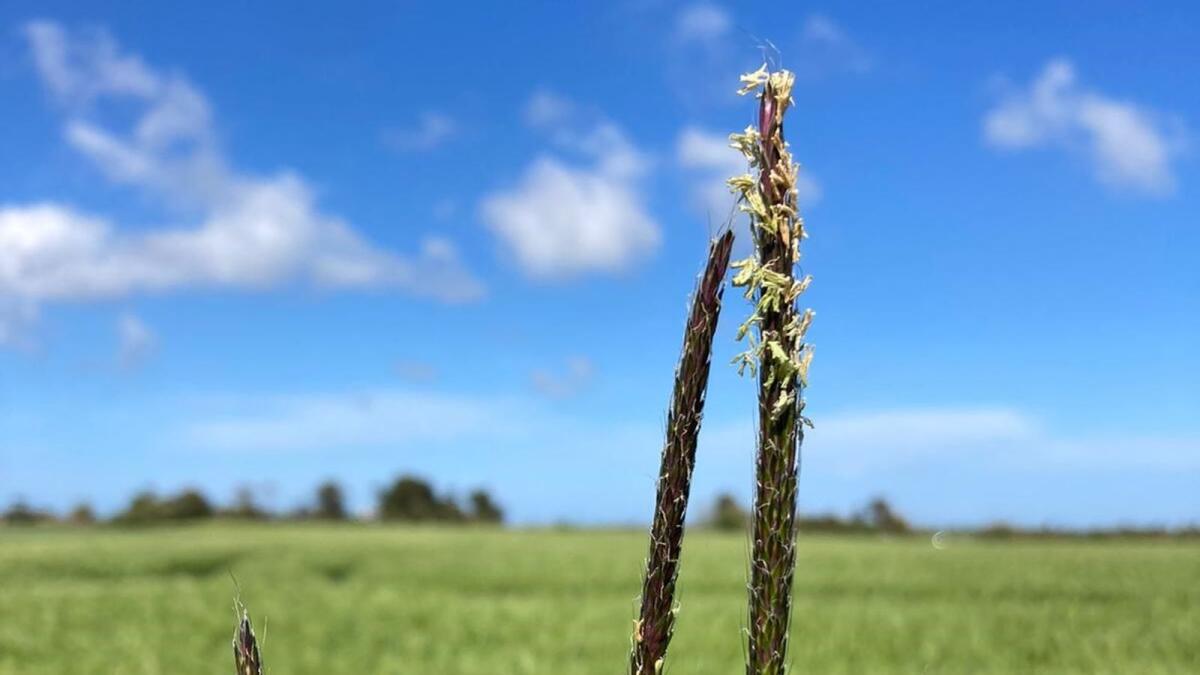

0 thoughts on “When Is It Too Cold To Grow Grass”